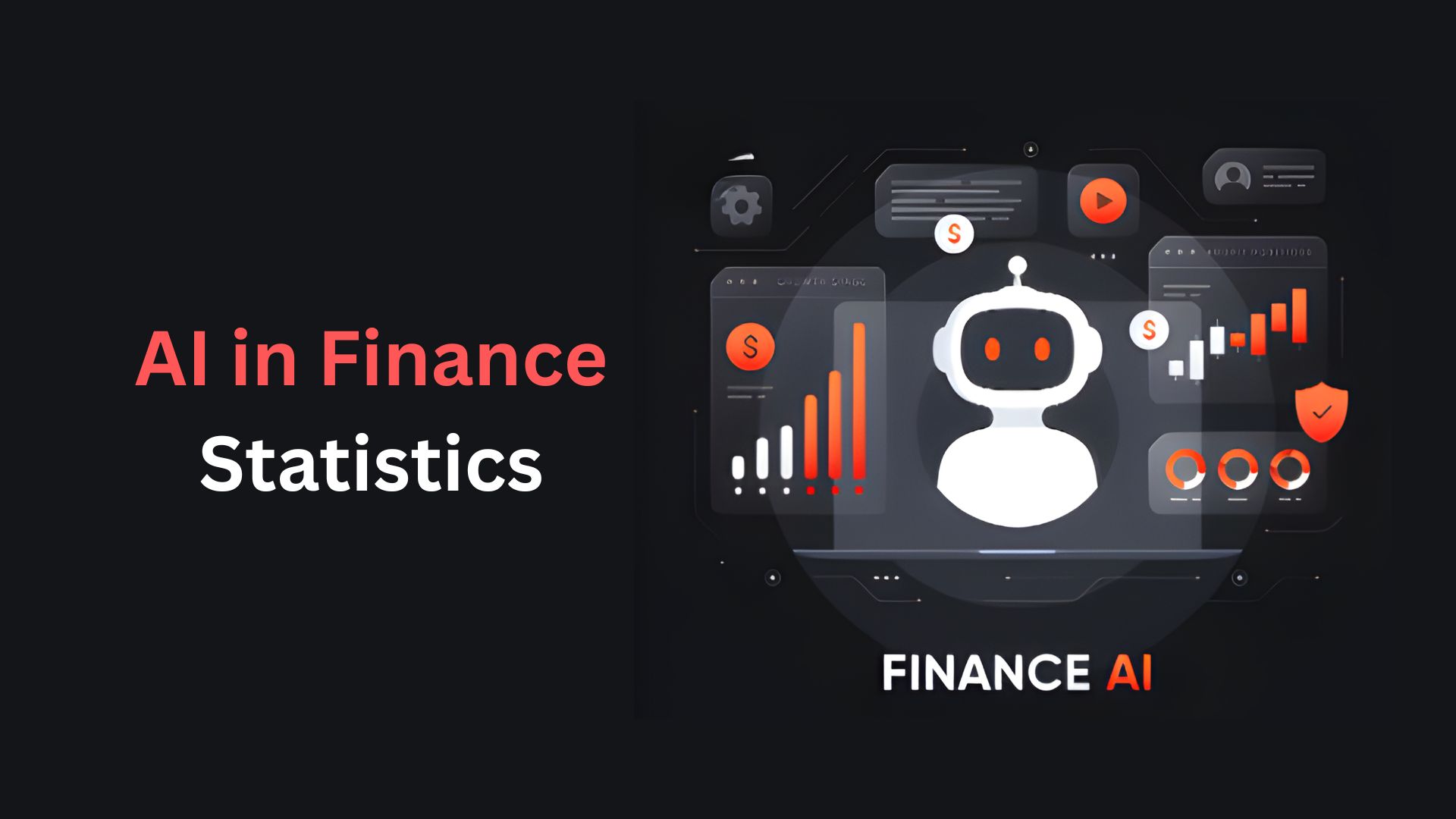AI Regression Testing for Form Workflows: Prevent Breakages
Updated · Sep 01, 2025

Table of Contents
Form-based workflows are at the core of most digital applications, powering critical functions like user registration, payments, surveys, and feedback submissions. However, even minor updates to code, UI, or backend integrations can introduce unexpected breakages causing failed submissions, incorrect validations, or disrupted user experiences. Traditional regression testing often struggles to keep pace with frequent updates, leading to higher maintenance costs and missed defects. AI-driven regression testing offers a smarter alternative, automatically adapting to changes and detecting issues before they reach end users. This article explores how AI regression testing prevents form workflow breakages, the features to look for in tools, and practical best practices for implementation.
Why Form-Based Workflows Are Vulnerable
Forms are integral to most digital processes, but they are also one of the most fragile components during updates. Here’s why form-based workflows are particularly vulnerable to breakages and require rigorous regression testing.
High Frequency of UI Changes
Forms are among the most frequently updated elements in applications. New fields, design tweaks, and layout adjustments often occur during feature enhancements or A/B testing. These updates can easily break existing test scripts, causing defect leakages.
Complex Dependencies
Form workflows rarely operate in isolation, they depend on backend APIs, databases, and third-party services (e.g., payment gateways). A small change in any of these dependencies can disrupt the form’s functionality, from data validation to submission handling.
User Impact and Business Risks
Forms are typically the primary point of user interaction. Any malfunction, like a broken “Submit” button or incorrect field validation, directly affects user experience and can lead to abandoned transactions, lost leads, and brand damage.
By understanding these vulnerabilities, teams can prioritize robust regression testing strategies to safeguard critical form workflows.
What Is AI Regression Testing?
AI regression testing is an advanced approach to verifying that recent code changes or updates have not broken existing functionality, especially in critical workflows like forms. Unlike traditional regression testing, which relies on manually scripted test cases, AI-powered testing uses machine learning and natural language processing (NLP) to auto-generate, self-heal, and optimize test scripts. This ensures faster test creation and resilience against UI or backend changes.
Benefits Over Manual or Scripted Testing
Traditional regression tests are time-consuming to maintain, particularly when form fields or layouts change frequently. AI-driven testing eliminates this challenge by automatically adapting to new identifiers and structures. It reduces manual effort, minimizes false positives, and speeds up testing cycles making it ideal for agile and continuous deployment environments.
Relevance to Form Workflows
Forms are dynamic and prone to breakages, from validation logic changes to multi-step submission failures. AI regression testing is uniquely suited to address these issues by:
- Detecting subtle UI discrepancies and logic errors automatically.
- Understanding contextual changes (e.g., label updates or field reordering) without breaking test cases.
- Learning from past defects to predict high-risk areas, enabling more intelligent test coverage.
By leveraging AI, organizations can ensure form workflows remain functional after every update, providing seamless user experiences and protecting business-critical operations.
How AI Prevents Breakages in Form Workflows
AI-driven regression testing brings intelligence and adaptability to quality assurance, allowing teams to proactively identify and fix issues in form workflows before they impact users. Here’s how AI specifically addresses common breakage scenarios:
Self-Healing Test Scripts
One of the biggest challenges in form testing is maintaining test scripts when form elements change, such as renamed fields, altered layouts, or updated selectors. AI-powered tools use self-healing capabilities to automatically recognize these changes and update test scripts without manual intervention. This ensures tests remain stable even as the application evolves.
Smart Visual and Field Validation
Forms often fail in subtle ways, like incorrect placeholder text, misaligned elements, or malfunctioning validation messages. AI-driven testing incorporates visual testing and field-level verification, identifying these discrepancies by comparing the UI against a baseline or expected behavior. This level of detail helps catch issues that traditional automated tests might overlook.
Predictive and Risk-Based Testing
AI can analyze historical defect data, usage patterns, and recent code changes to predict high-risk areas in form workflows. By prioritizing tests around these areas, QA teams can focus on what matters most – reducing the likelihood of undetected breakages in production.
Handling Dynamic and Multi-Step Workflows
Many modern forms span multiple steps, incorporate conditional logic, or dynamically display fields based on user input. AI testing tools are capable of understanding these dynamic flows, adapting test coverage as the workflow changes over time.
Continuous Feedback and Faster Releases
By integrating with CI/CD pipelines, AI testing ensures continuous regression checks after every build or deployment. This reduces testing time, enables faster feedback for developers, and ensures updates do not compromise form performance or user experience.
Key Features to Look for in AI Regression Tools
Selecting the right AI regression testing tool is essential to ensure reliable and efficient form workflow testing. Among available solutions, testRigor stands out as a leading option, combining no-code capabilities with enterprise-grade scalability. Here are the key features to prioritize:
Natural Language Test Authoring
Tools like testRigor allow testers to write test steps in plain English, enabling even non-technical users to create and maintain regression tests with ease.
Cross-Platform and Cross-Browser Support
Your tool should support testing on web, mobile, and desktop environments to ensure form consistency across devices and operating systems. testRigor provides seamless cross-platform capabilities out-of-the-box.
CI/CD Pipeline Integration
Integration with DevOps tools like Jenkins, GitHub Actions, and GitLab is crucial for continuous testing after each build or release, enabling faster feedback loops.
Parallel Execution and Scalability
AI tools should support parallel test execution to handle large test suites efficiently. testRigor’s cloud-based infrastructure allows tests to scale effortlessly with project demands.
Robust Reporting and Analytics
Comprehensive dashboards and failure insights simplify debugging and improve overall test visibility, helping teams address breakages quickly.
By focusing on these features and leveraging testRigor’s strengths teams can modernize regression testing and safeguard complex form workflows effectively.
Wrapping Up
AI regression testing has transformed how teams ensure the stability of form-based workflows, addressing breakages caused by frequent updates and complex dependencies. By leveraging AI’s self-healing scripts, predictive testing, and cross-platform coverage, organizations can maintain seamless user experiences and reduce release risks. Tools like testRigor make this process even more efficient by enabling no-code test authoring and effortless scalability. As digital applications evolve rapidly, adopting AI-driven regression testing isn’t just a competitive advantage, it’s a necessity for maintaining quality and trust in mission-critical user interactions. Investing in the right AI tool can safeguard your forms and streamline delivery.

Barry Elad is a passionate technology and finance journalist who loves diving deep into various technology and finance topics. He gathers important statistics and facts to help others understand the tech and finance world better. With a keen interest in software, Barry writes about its benefits and how it can improve our daily lives. In his spare time, he enjoys experimenting with healthy recipes, practicing yoga, meditating, or taking nature walks with his child. Barry’s goal is to make complex tech and finance information easy and accessible for everyone.









